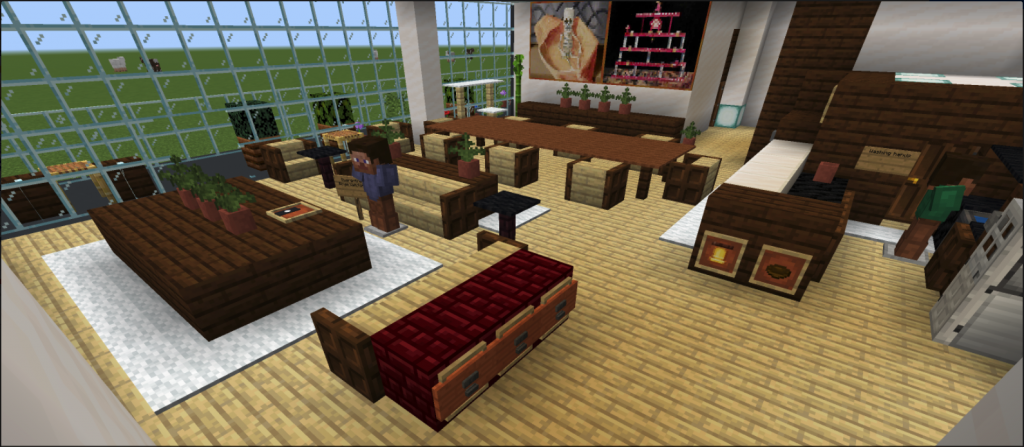Building Safety and Connection in Schools
Key Points
-
How can we build more safety and connection within our schools?
-
Here are five ideas, from low to high risk, on how to amplify students’ answers to the question.

I woke up this morning wanting to write about new innovations in education, project case studies from inspirational schools, and stories of edu-transformers just like yourself.
But right now, none of that matters.
We, (I’m speaking as an American here) are facing a much more urgent issue:
How to feel safe in school.
Nineteen beautiful children and two educators with hopes, dreams and aspirations had their lives taken from them in the place where they are supposed to feel the most safe.
And while we might claim that this CAN’T happen again, it WILL happen again if we don’t all band together and do something.
I don’t exactly know where to start. But as an educator, here is a question I think we can use to advance the conversation within our greatest spheres of influence:
How can we build more safety and connection within our schools?
Here are five ideas, from low to high risk, on how to amplify students’ answers to the question:

1. Empathy Mapping (2 Class Period Project) (All Ages): One of the best ways I have found to build connections is to put yourself in somebody else’s shoes, and see the world from their eyes. Empathy mapping is a great tool to do this. Pair up students who normally wouldn’t work together and have them complete an empathy map based on how their peer experiences the school day. After completing the empathy map, ask them to create one item that would help their partner feel more safe and connected in school. (ie. friendship bracelet)
2. Fostering Safety and Connection School Spaces (3 class periods) (All ages): In this project, using Minecraft (or any other CAD program), students design spaces purpose built within their school for connection and safety. Use the first class period for background research, the second to generate designs, and the third for showcasing their ideas to admin. 

3. Socratic Seminar Discussion (2 class periods) (Upper Elementary-High School): This strategy allows students to discuss this difficult topic in a fair and respectful way. To prepare for the discussion, compile a one page hyperlinked doc to a number of articles related to increasing safety and connection in schools. Have students read, annotate, and generate 2-3 questions that the reading invoked to the discussion circle. On discussion day, divide the class in half and hold two discussions. Here is an overview of how to format the Socratic Seminar discussion, and here is a folder with prep and evaluation sheets. *Word of Caution* Create ground rules for the discussion ahead of time.
4. PSA Campaigns (4-5 class periods) (Middle School-High School) : In this project, students choose one of the following topics to address: Gun control, Mental Health, Internet Safety, Wellness. They create short public service announcement campaigns to educate others on the topic, and how they can take action to address it.
5. Model Congress Simulation (3 class periods) (Upper Elementary-High School): *First, a word of caution*- this simulation could get very political and heated. To avoid this from happening, it’s very important to set clear parameters, and ground rules for dialogue and discussion. Ie. ‘no personal attacks,’ ‘use evidence to support claims,’ ‘assume positive intentions.’ In the simulation, students work together in the same way Congress would to pass a law that increases safety in schools. Each student takes the role as a member of the House of Reps or Senate, and the teacher can take the role of president.
We can’t bring back the 21 beautiful lives that were taken in Tuesday’s tragedy, but we can ensure their legacies live on.
In remembrance of the victims.








0 Comments
Leave a Comment
Your email address will not be published. All fields are required.